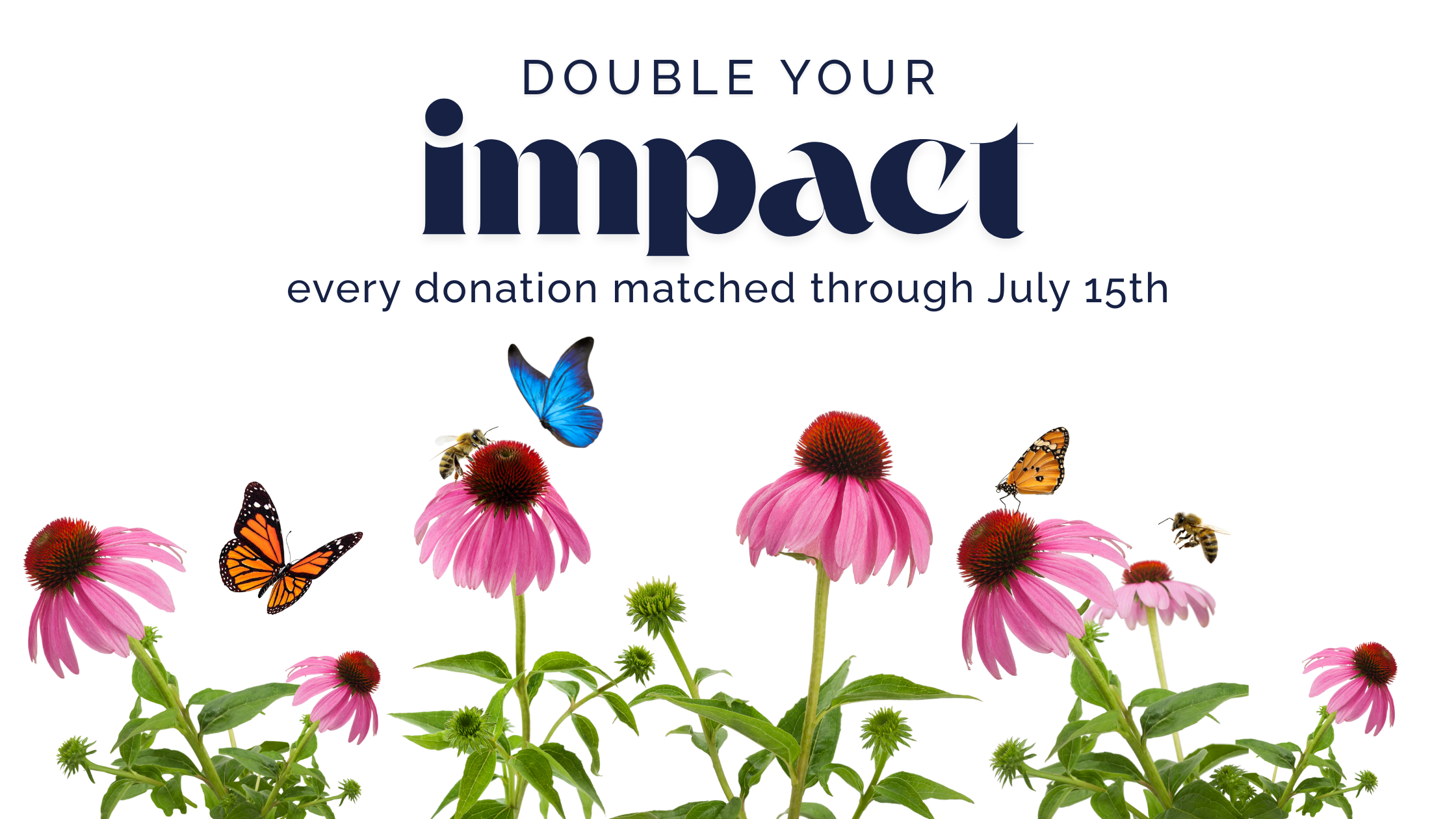Just like trash and recycling, wastewater is typically discarded without much thought. You may have heard the phrase “There is no away,” applied to our solid waste sent to landfills, but it can also refer to sewage!
Sustainable Princeton staff were invited to a tour organized by the Princeton Environmental Commission of the Stony Brook Regional Sewerage Authority Facility. They learned about the treatment process and what we can all do to help reduce our impact on the systems.
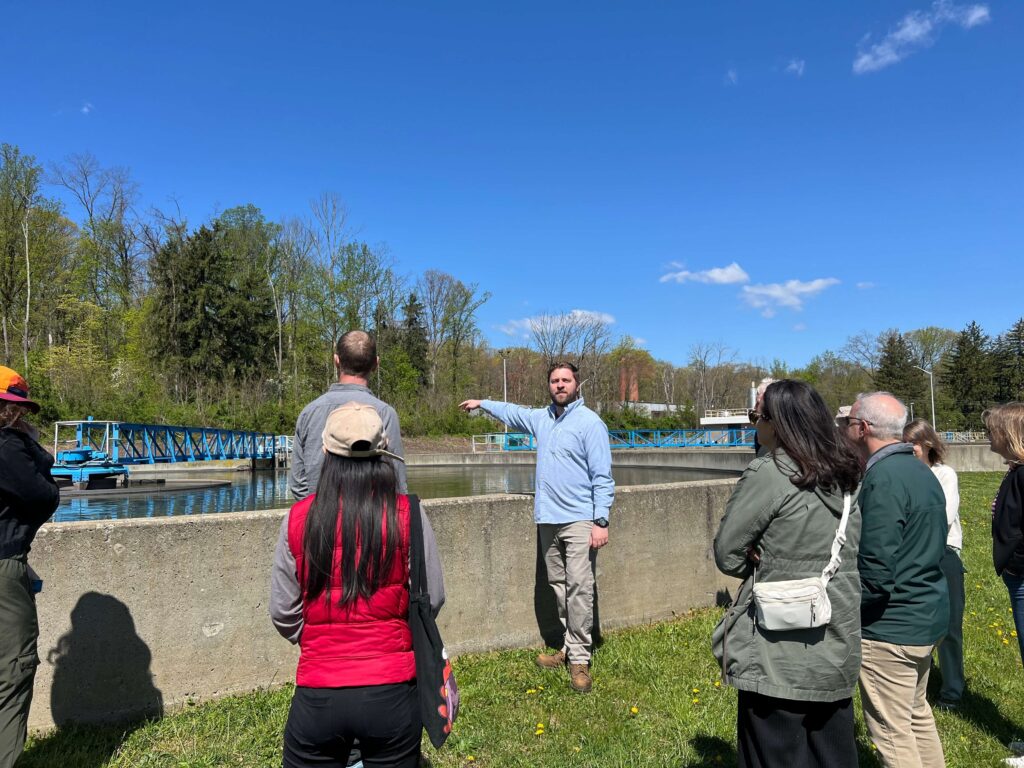
What did we learn?
Princeton owns and operates the pipes and pump stations that comprise our public sanitary sewer system and conveys our wastewater through the system to the River Road Wastewater Treatment Plant, where it’s treated. The River Road facility, which also receives sewage from South Brunswick Township and West Windsor Township, is owned and operated by the Stony Brook Regional Sewerage Authority (SBRSA). The SBRSA is a joint municipal organization that operates three (3) sewage treatment facilities serving Hopewell Borough, Hopewell Township, Pennington Borough, South Brunswick Township, Princeton, and West Windsor Township.
Wastewater consists of sewage from sinks, toilets, dishwashers, kitchen disposals, and washing machines. This is a different sewer system than the one where stormwater runoff is collected from storm drains. At the treatment plant, the sewage is processed through various tanks and treated with bacteria and UV light; no chlorine bleach is used. Wood chips absorb and reduce the smell and are reused as compost for the wooded area around the plant. The entire process is equivalent to how water would be treated in nature, but faster. When the water is released back into the creek, it’s considered “recreational quality,” but it is not drinking water quality.
Although the water is cleaned sustainably, the sludge removed from it is burned using copious amounts of fossil fuels. Hopefully, one day, it will be feasible to transition to something more sustainable, like composting. One major takeaway is that the sewer pipes are conveying clean water that seeps into them from the surrounding ground (a process known as inflow and infiltration) and that this additional flow increases the cost of treatment in both dollars and energy. Princeton is addressing this problem by sealing the gaps where this water enters the system. One project is nearing completion (Mini-System #35) and another will start soon (Mini-System #36).
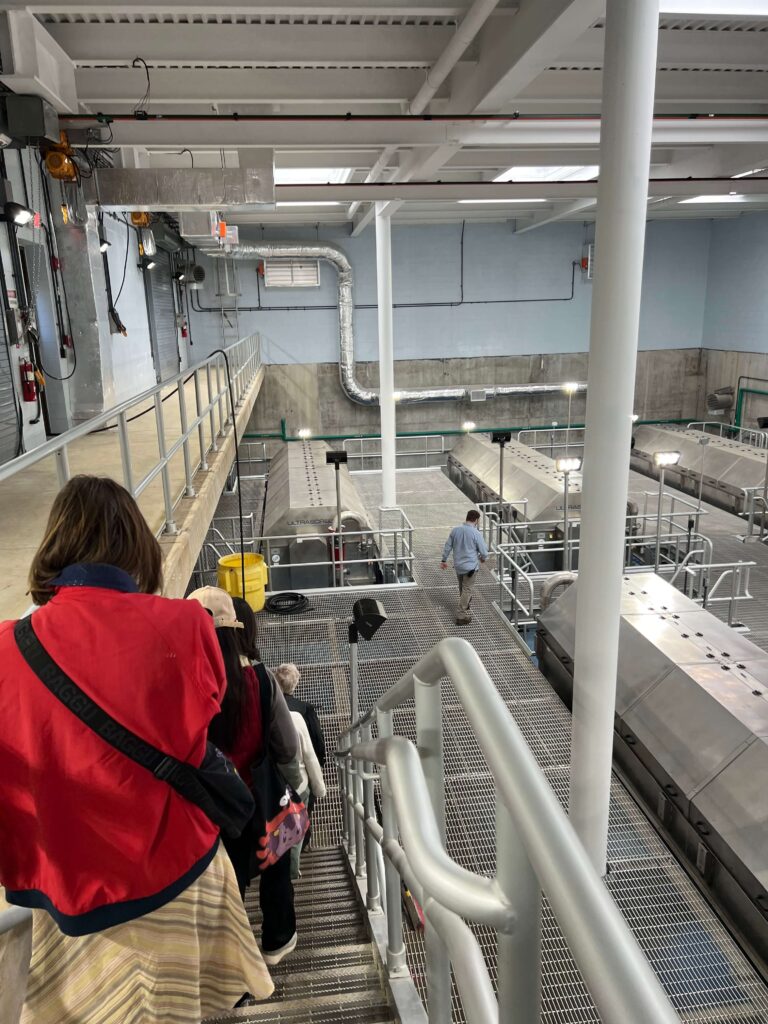
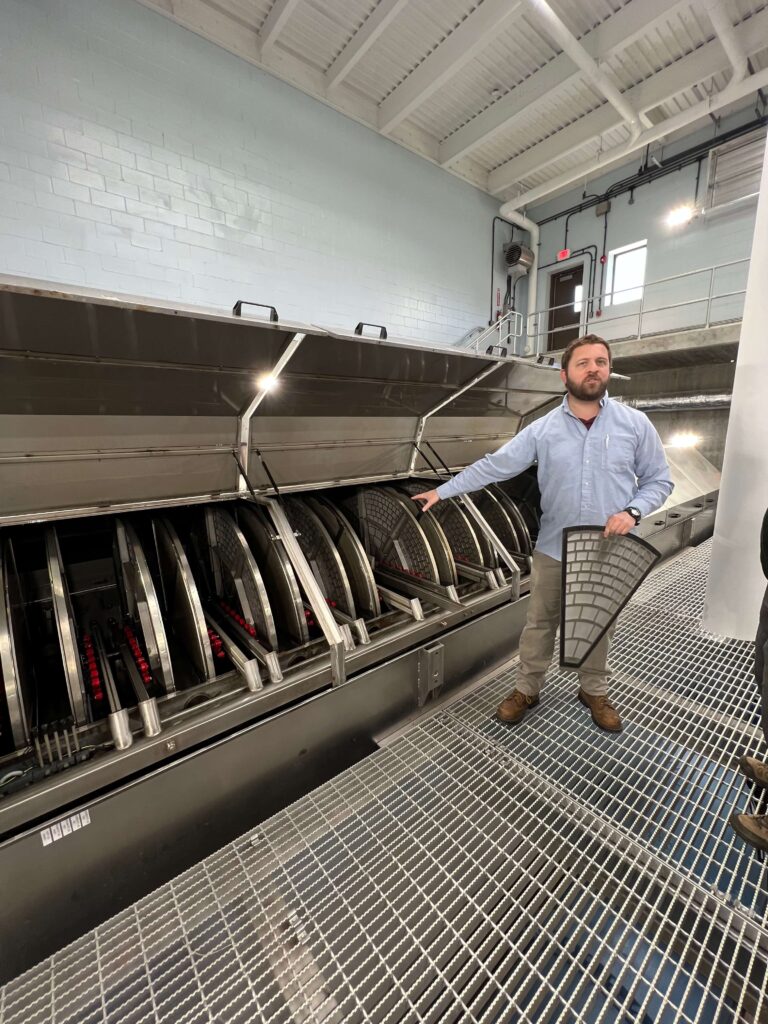
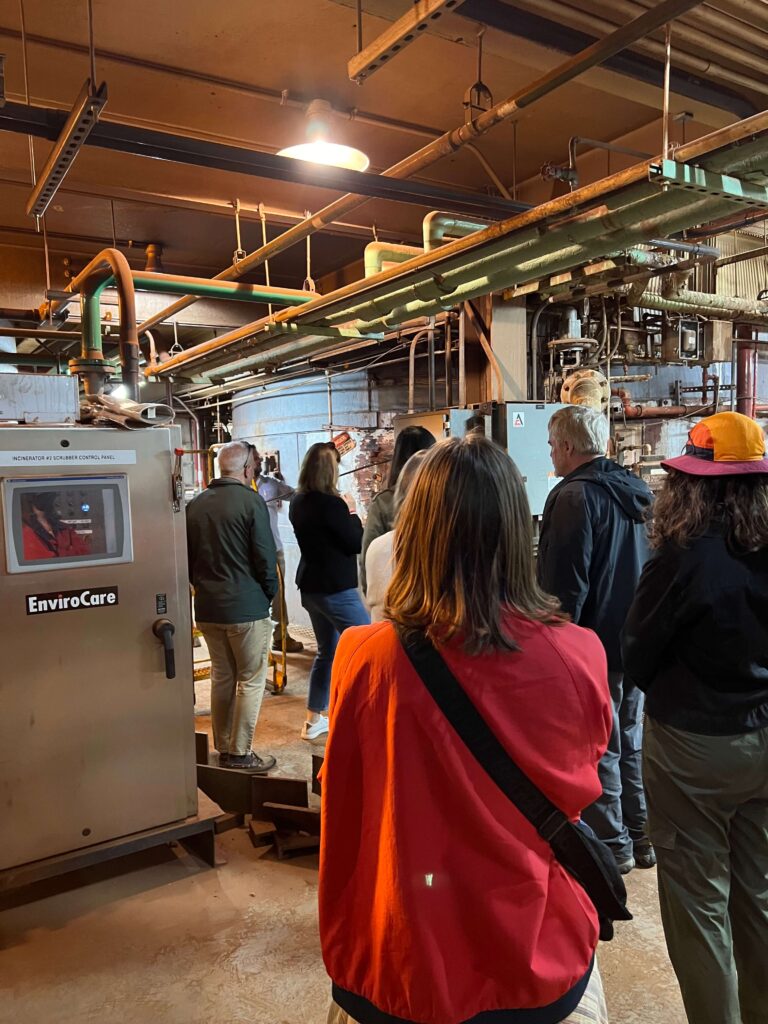
So what does this have to do with sustainability?
The water treatment process is very sustainable! No chemicals are used, and bacteria decomposition and UV light treatment use far less energy. The facility also offsets its electricity with leased solar from the municipality’s solar array next door.
What can you do?
Remember: There is no away! Keep the following things in mind:
- Don’t flush wipes and other products in toilets. These products are NOT flushable, use more electricity at the facility, and will eventually be landfilled.
- Don’t flush expired or unused pills down the toilet, and they may not get filtered out. Dispose of them safely at the Prescription Drug Drop Box at the Princeton Police Headquarters at 1 Valley Road.
- Get low-flow sinks and toilets – take the total amount of energy used and divide it among the towns that use it, and we pay for it – if everyone uses less water, they have to clean less water, and everyone pays less.
- To reduce bioplastics in the water stream, purchase natural fiber clothing and avoid Laundry Detergent pods with Polyvinyl alcohol (PVOH / PVA).
- Check out PSE&G’s Quick Home Energy Check (QHEC) – they will install free low-flow shower heads and sinks.
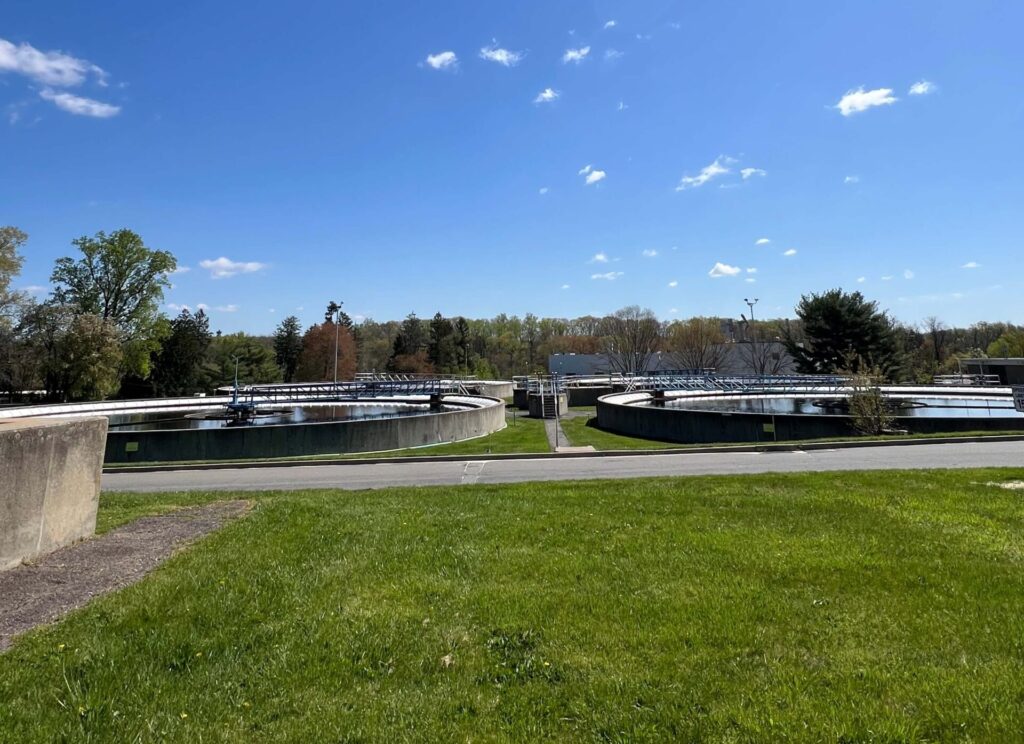
Thanks again to the Princeton Environmental Commission (PEC) for inviting us on the tour!
Interested in learning more? Visit the Stony Brook Regional Sewerage Authority website to take a virtual tour.




